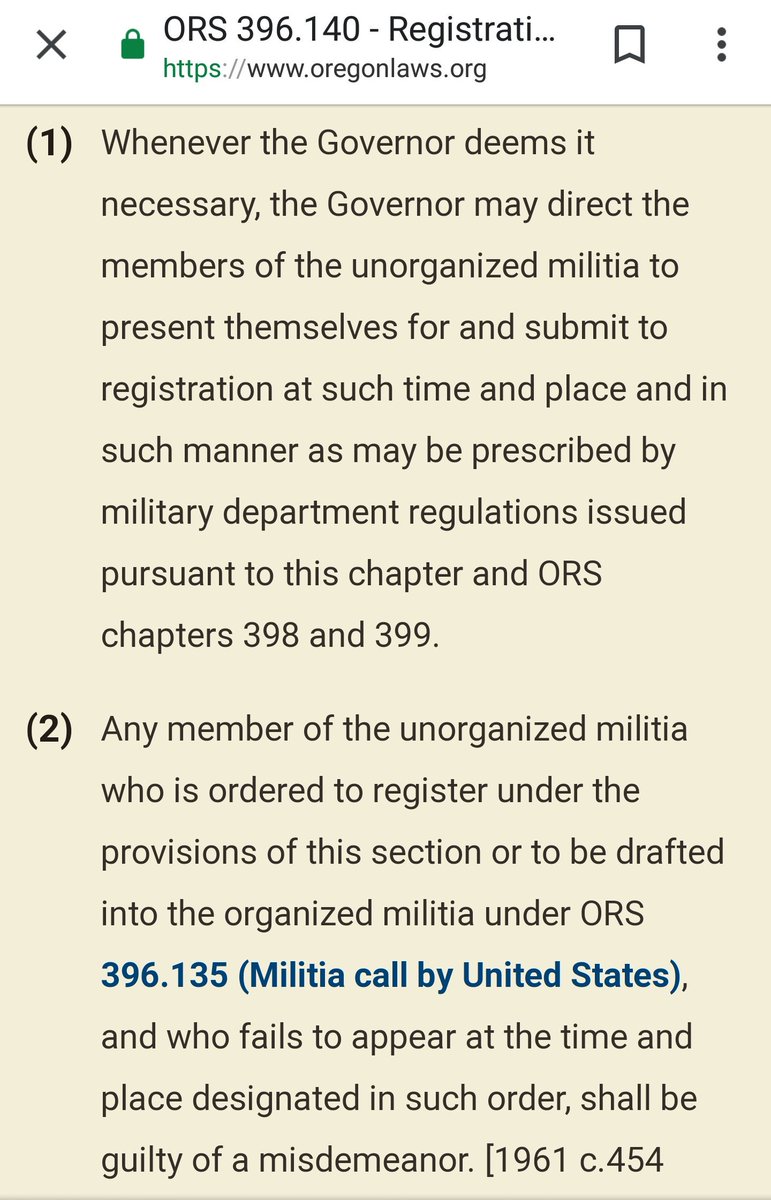Rifle fire sweeps the knoll, catching the men in a horrible crossfire of lead. The 54th and 68th New York Regiments hang on as long as they can but they are vastly outnumbered, with attackers coming at them from three sides.
The US right is being badly battered. Howard commits Coster's brigade to the fight
This account will now return to cats, gin, and snark, as is the norm




